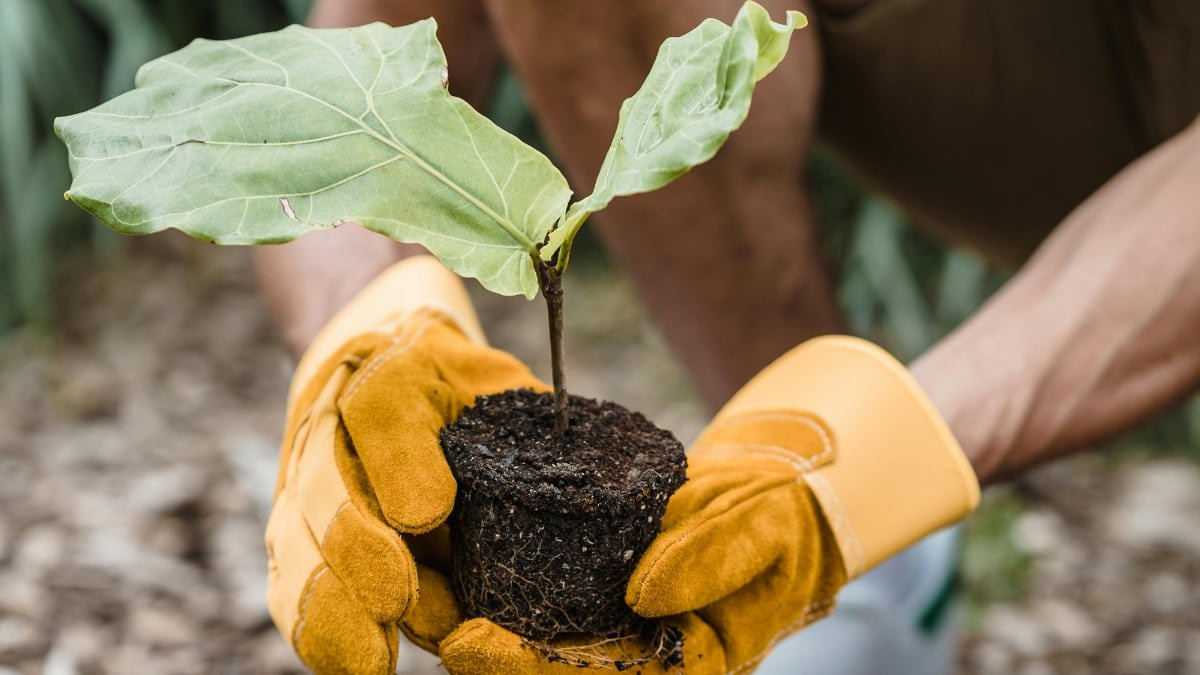In a Nutshell: The best time to plant perennials is in the fall. This season allows for better root development, reduced risk from spring frosts, and takes advantage of increased rainfall for natural watering.
KEY TAKEAWAYS
- Planting perennials in the fall, not spring, is optimal for mitigating risks associated with unpredictable spring frosts and ensuring stable plant growth.
- Fall planting allows perennials to establish a robust root system before spring, crucial for their overall health and longevity.
- The common belief that spring is the best time for planting is more a result of marketing strategies than horticultural effectiveness.
When to Plant Perennials?
If you’re waiting for spring to start your garden, Luke Marion, the brain behind MIgardener.com, has some news for you: Fall, not spring, might just be the best time to get those perennials in the ground.
Marion, a seasoned gardening pro, is turning the tables on traditional planting schedules, offering a fresh take that could change the way we think about gardening seasons.
Why Choose Fall for Planting
Marion emphasizes that the best time to mitigate risks associated with unpredictable spring frosts is by planting in fall.
Plants set in autumn are less likely to suffer from sudden temperature drops as they are already entering a natural dormancy phase. This timing allows for a more stable and successful transition.
During fall, perennials have ample time to establish a robust root system before the onset of spring growth.
Establishing this foundation in fall, the best time for root development, is crucial for the plant’s overall health and longevity, leading to a more vibrant bloom in the following seasons.
Another advantage of fall planting highlighted by Marion is the increase in rainfall. This natural irrigation system assists in establishing new plants, especially bare-root ones, by providing consistent moisture.
Marion points out that the best time for economic savings in gardening is during autumn planting, as nurseries often offer discounts on perennials.
Nurseries often offer discounts on perennials during this season, allowing gardeners to save money while expanding their gardens.
The Misconception of Spring Planting
Addressing the common belief that spring is the best time for planting, Marion attributes this notion to marketing strategies.
He asserts that while spring planting is not ineffective, fall offers better conditions for successfully establishing perennials.
Marion demonstrates his approach by planting currants and gooseberries nurtured in containers. He stresses the importance of proper soil preparation and the need for post-planting watering, even in moist fall conditions.
Harnessing the Advantages of Fall Planting
In conclusion, shifting to fall for planting perennials presents a compelling argument for better gardening outcomes.
This approach, which moves away from traditional spring planting, offers distinct benefits: reduced risks from spring frosts, a more robust root system development, and the use of autumn’s natural rainfall for plant establishment.
Additionally, the economic aspect of discounted perennials in nurseries during this season adds another layer of advantage. This change in perspective, emphasizing fall planting, not only challenges conventional gardening wisdom but also promises a more vibrant and successful garden in the following seasons.
